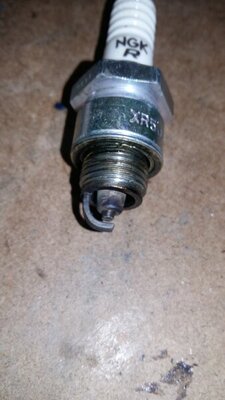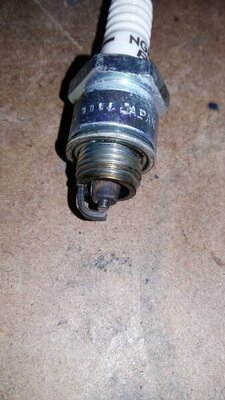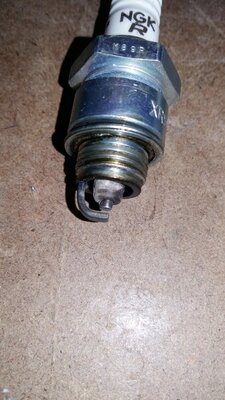Canadian1968
Well-Known Member
Little back ground. I did the stealth HEI module swap inside the orange ecu box, gutted the ballast and got a summit E-coil. The car started right up, I'm running a wideband O2 and saw that it leaned out my idle so I adjusted the mixture and adjusted my rpm a bit and double checked my initial timing at 18*. Took the car out for a spin. It seems to be running great . I had a set of plugs that had basically no run time on them I gapped them to .40 and threw them in. I drove the car to work today it ran great except about half way home I heard an odd misfire . It honestly sounded more like my muffler fell off for a split second . Kept driving as nothing else seemed to oUT of the norm. 2 Corners from my house it did the misfire again honestly sounded liken it was right inside the muffler . Last corner the car almost stalls but keeps going and evens out. I get home and the car idles perfectly fine sitting in park. Put it drive and is fine , could not get it to miss again.
I pulled a few plus to see what they look like . I am crusing at 14.0 on wideband and the car seems to be running great other than the weird misfire.
The car deffinently seems to be running cleaner dosent smell as rich as it used to.
Here are the plugs. Thoughts.......



I pulled a few plus to see what they look like . I am crusing at 14.0 on wideband and the car seems to be running great other than the weird misfire.
The car deffinently seems to be running cleaner dosent smell as rich as it used to.
Here are the plugs. Thoughts.......




















